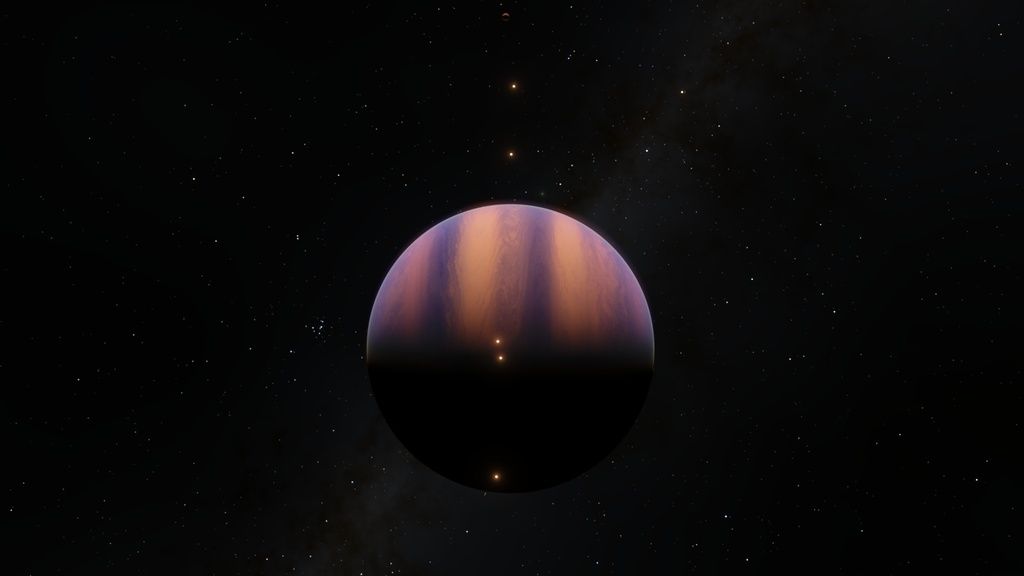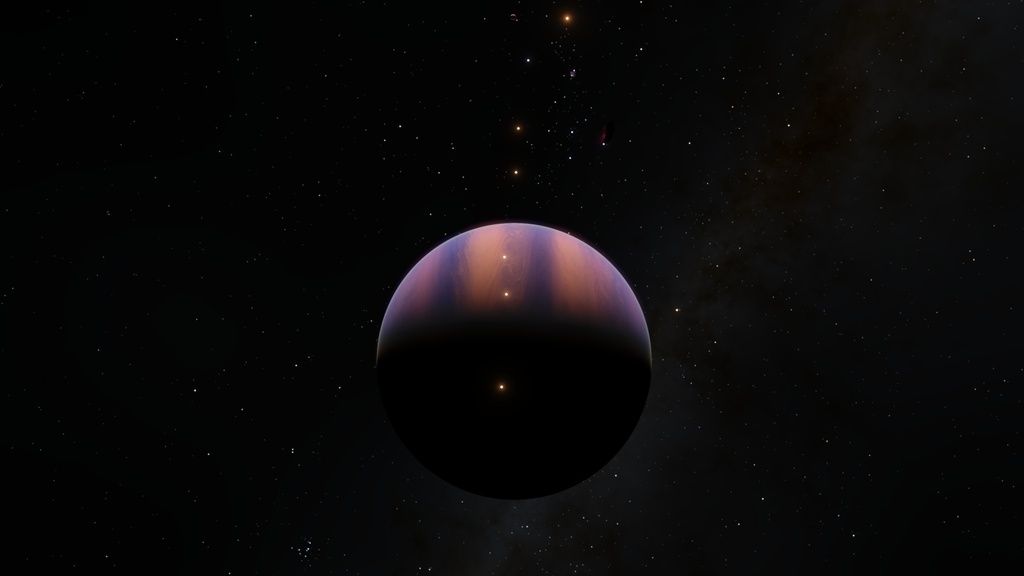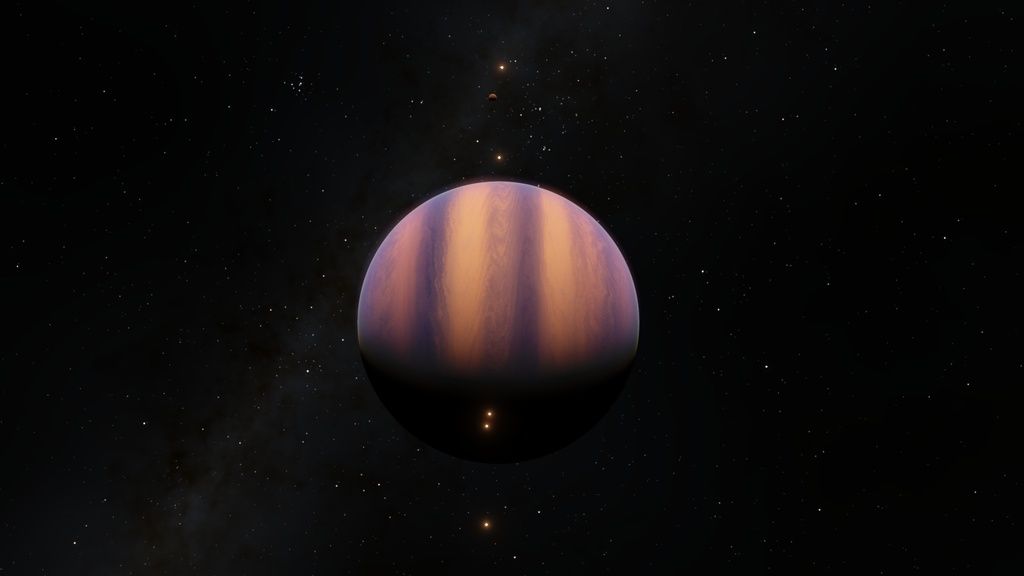I have ticketed this several times this year with no response. The engine for planetary illumination is all wrong. Look—

A planet partly in shadow is represented in 2D by a semicircle on the lit side joined to a semiellipse on the shadow side. That shouldn't be a problem for computer programmers. It's basic stuff. Atmospheres do not diffuse light to cause it to wrap around the night side of a planet as in these wretched in-game depictions:



In this one the shadow is actually behaving like the illuminated part of the planet with the terminator curving the wrong way altogether:

Now see how it works in real life, first with the Earth:

And now even with planets that are practically all atmosphere like Jupiter and Saturn:


If FD still can't even work out where the terminator line should be between night and day on a planet from deep space, I fail to see how they're going to represent them accurately from the surface when planetary landings come out, and I foresee big problems in Horizons with it still being daylight on the surface with the sun way below the horizon. It's not like realistic illumination of a sphere is a complicated thing to achieve in computer programming. It's far more complicated to get it wrong as FD have done. Someone sort this out please.

A planet partly in shadow is represented in 2D by a semicircle on the lit side joined to a semiellipse on the shadow side. That shouldn't be a problem for computer programmers. It's basic stuff. Atmospheres do not diffuse light to cause it to wrap around the night side of a planet as in these wretched in-game depictions:



In this one the shadow is actually behaving like the illuminated part of the planet with the terminator curving the wrong way altogether:

Now see how it works in real life, first with the Earth:

And now even with planets that are practically all atmosphere like Jupiter and Saturn:


If FD still can't even work out where the terminator line should be between night and day on a planet from deep space, I fail to see how they're going to represent them accurately from the surface when planetary landings come out, and I foresee big problems in Horizons with it still being daylight on the surface with the sun way below the horizon. It's not like realistic illumination of a sphere is a complicated thing to achieve in computer programming. It's far more complicated to get it wrong as FD have done. Someone sort this out please.







